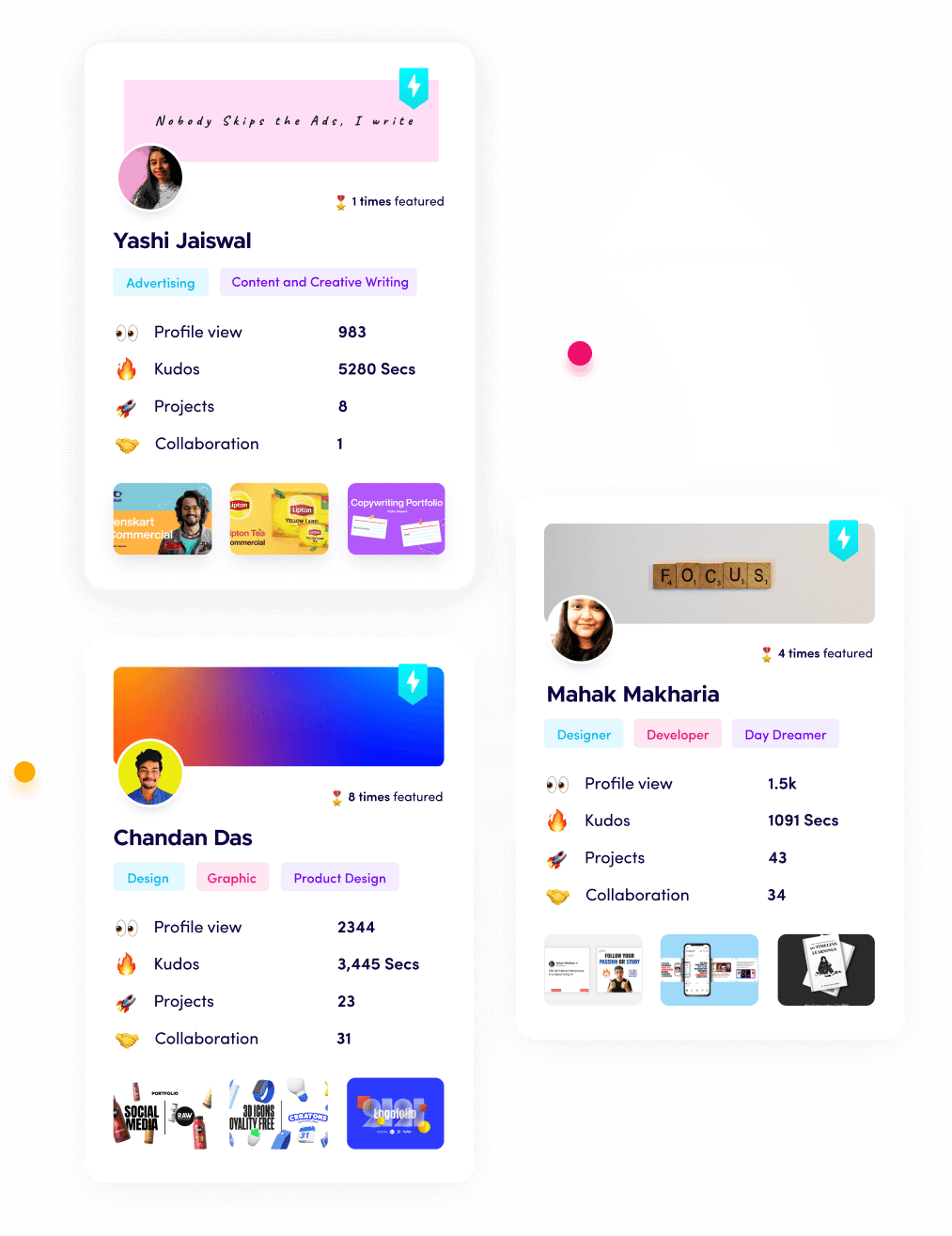Best Practices to Make Your React Website SEO-friendly

Riten Debnath
03 May, 2025

Hey there, I’m Riten, the founder of Fueler — a portfolio platform helping companies hire talent through assignments instead of resumes. Over the past few years, I’ve worked closely with developers and product teams who build beautiful React websites. One of the biggest challenges I see often is making these websites SEO-friendly.
React is powerful. It allows you to build interactive and fast web apps. But when it comes to SEO, React apps can struggle if not set up correctly. Search engines, especially Google, have become smarter in 2025, but that doesn't mean you can ignore SEO basics.
In this guide, I’ll walk you through the best practices to make your React website SEO-friendly. These practices are based on the latest updates in 2025 and also include timeless advice used by top companies like Airbnb, GitHub, and Shopify.
Why SEO Matters for React Websites?
SEO (Search Engine Optimization) is about making your website easier to find on search engines. If Google can't properly read your site, it won't show up in search results. This means fewer users, fewer signups, and lower business growth.
Unlike traditional HTML websites, React uses client-side rendering by default. That means content is loaded using JavaScript, which can be tricky for search engines to index. Investing in a professional SEO service can help ensure your React site is fully visible to search engines
The good news? There are proven solutions. Let’s dive into them.
1. Use Server-Side Rendering (SSR) or Static Site Generation (SSG)
React apps load content dynamically in the browser, which can be invisible to search engine crawlers. To fix this, use SSR or SSG.
- Next.js is the most popular React framework for SSR and SSG.
- With SSR, pages are rendered on the server, then sent to the browser.
- With SSG, pages are generated at build time.
Companies using this:
- Netflix uses SSR for faster content delivery.
- Hashnode uses SSG for blog content for better indexing.
Use SSG for static pages (e.g., blogs, product pages) and SSR for dynamic content.
2. Optimize Meta Tags and Head Content
Search engines rely on meta tags like titles, descriptions, and OG tags. In React, you can manage this using the next/head component in Next.js or libraries like react-helmet.
Make sure every page has:
- A unique
<title>tag - A compelling meta description
- Proper Open Graph and Twitter tags for social sharing
Example:
<title>Fueler - Show Your Work, Get Hired</title>
<meta name="description" content="A portfolio platform helping you get hired through your work, not your resume.">
Tip: Use tools like metatags.io to preview how your pages appear on Google or social media.
3. Use Clean and Descriptive URLs
URLs should be readable, short, and keyword-rich.
Bad: /page?id=123 Good: /portfolio/build-landing-page-with-react
This helps search engines understand the page topic and improves click-through rates.
In Next.js, this is easily done using file-based routing like /pages/portfolio/[slug].js.
4. Create and Submit an XML Sitemap
Sitemaps help search engines crawl and index your pages better.
Generate a sitemap dynamically using libraries like next-sitemap or react-router-sitemap.
Submit the sitemap to:
- Google Search Console
- Bing Webmaster Tools
Also, make sure your robots.txt file includes the sitemap URL.
5. Use Structured Data (Schema Markup)
Structured data helps search engines understand your content better. This can help you get rich results like star ratings, product info, and more.
Use Schema.org to mark up:
- Blog posts
- Products
- Events
- Reviews
In Next.js or React, you can inject schema markup using next/head or as a <script type="application/ld+json"> tag.
Example:
{
"@context": "https://schema.org",
"@type": "Product",
"name": "Fueler Portfolio",
"description": "Show your work and get hired.",
"brand": "Fueler"
}
6. Focus on Core Web Vitals
In 2025, Google still values Core Web Vitals for ranking. These are:
- LCP (Largest Contentful Paint)
- FID (First Input Delay)
- CLS (Cumulative Layout Shift)
Use tools like:
- Lighthouse
- PageSpeed Insights
- Web.dev
Optimize your React app by:
- Compressing images (use
next/imageorimagekit.io) - Lazy loading components
- Reducing third-party scripts
- Using a CDN like Cloudflare or Vercel
Shopify has improved their React-based storefronts by focusing on these metrics.
7. Build Mobile-first and Responsive Design
More than 60% of web traffic comes from mobile devices.
Make sure your React site is:
- Fully responsive
- Touch-friendly
- Fast-loading on 3G networks
Use CSS media queries, mobile viewport settings, and responsive components.
8. Internal Linking and Navigation Structure
Search engines follow links to discover content. Make sure:
- Important pages are linked from the homepage
- Each page is a few clicks away from the root
- Use breadcrumb navigation if possible
GitHub does this well with clean navigation and linking within their docs.
Also, avoid JavaScript-heavy navigation that doesn’t use standard <a> tags.
9. Avoid Content Cloaking and JavaScript Pitfalls
Search engines are smarter, but not perfect. Avoid:
- Showing different content to users and bots
- Loading important content only after user interaction
Use pre-rendering or hydrate content early.
Tip: Use the "Inspect URL" tool in Google Search Console to see how Google views your page.
10. Add Blog or Knowledge Base with Static Content
Static content is gold for SEO. Add:
- Tutorials
- Case studies
- Feature updates
- Opinion articles
Make sure they are well-written, useful, and use keywords naturally.
Fueler has seen higher organic traffic after publishing stories around portfolio building, projects, and hiring insights.
11. Integrate Analytics and Monitor SEO Performance
Set up:
- Google Analytics 4 (GA4)
- Google Search Console
- Ahrefs or SEMrush (if budget allows)
Track:
- Organic traffic
- Click-through rates (CTR)
- Bounce rates
- Keyword rankings
Use data to improve pages that underperform.
12. Keep Updating Old Content
SEO is not a one-time thing. Update:
- Dates and stats
- Screenshots
- Broken links
- Title/meta for better CTR
Companies like Zapier and Buffer regularly update blog posts and rank consistently high.
Conclusion
React doesn’t have to be an SEO nightmare. With a mix of smart tooling (like Next.js), clean content practices, and consistent updates, you can turn your React site into an SEO powerhouse. If you’re building a product or personal website, I highly recommend investing early in SEO. It compounds over time.
That’s what we’re doing at Fueler, and it’s paying off in real users, real revenue, and real stories.
Let me know what part you found most useful. Feel free to share this article with your dev friends.
Frequently Asked Questions
1. Is React good or bad for SEO?
React is great for building apps, but needs extra steps (like SSR or SSG) to be SEO-friendly.
2. How can I improve SEO on a single-page React app?
Use server-side rendering, proper meta tags, clean URLs, and structured data.
3. What is the best framework for SEO-friendly React sites?
Next.js is the top choice because it supports SSR, SSG, and static exports out of the box.
4. Do search engines index JavaScript content in 2025?
Yes, but indexing is slower and less reliable. SSR or SSG ensures content is visible.
5. How often should I update my React website for SEO?
Regularly. Update key pages every 3-6 months and blog posts as needed.
What is Fueler Portfolio?
Fueler is a career portfolio platform that helps companies find the best talents for their organization based on their proof of work.
You can create your portfolio on Fueler, thousands of freelancers around the world use Fueler to create their professional-looking portfolios and become financially independent. Discover inspiration for your portfolio
Sign up for free on Fueler or get in touch to learn more.


